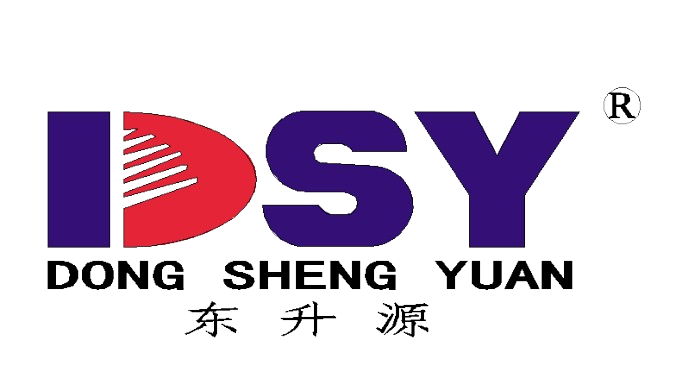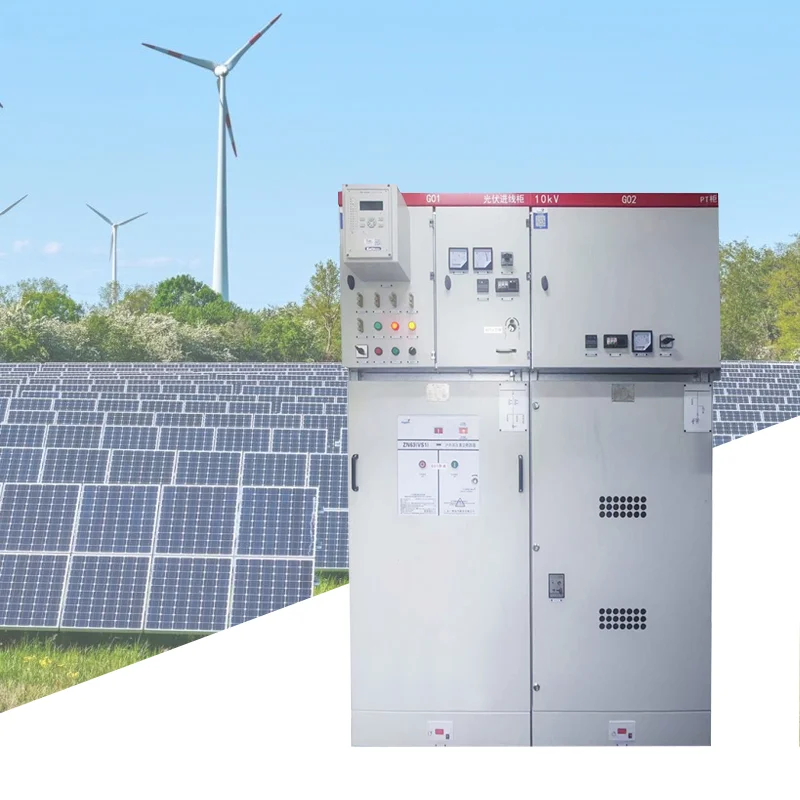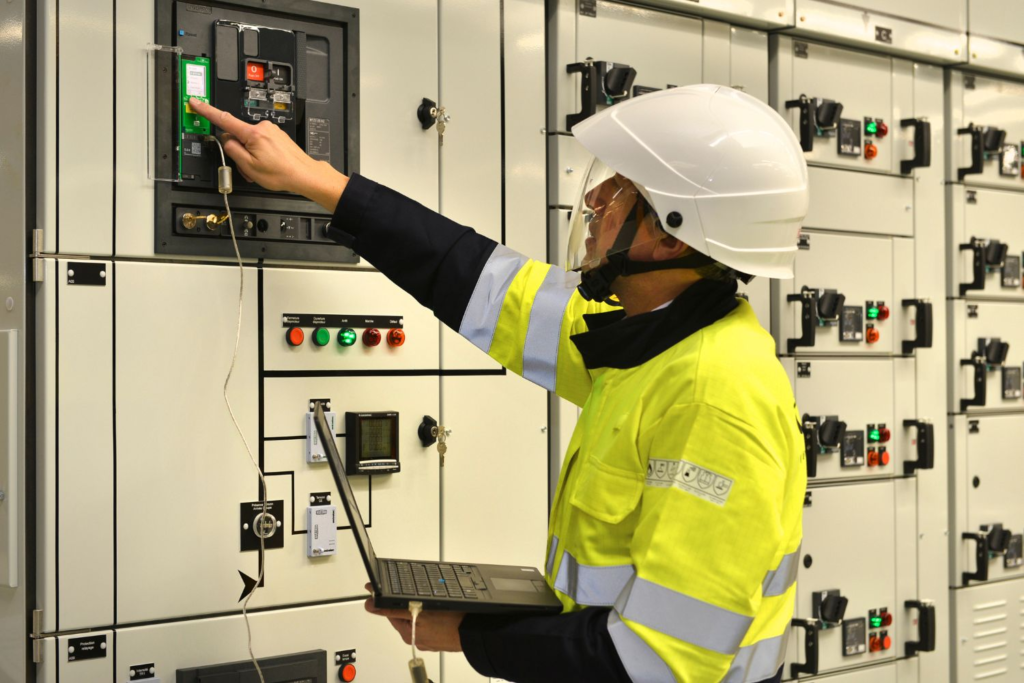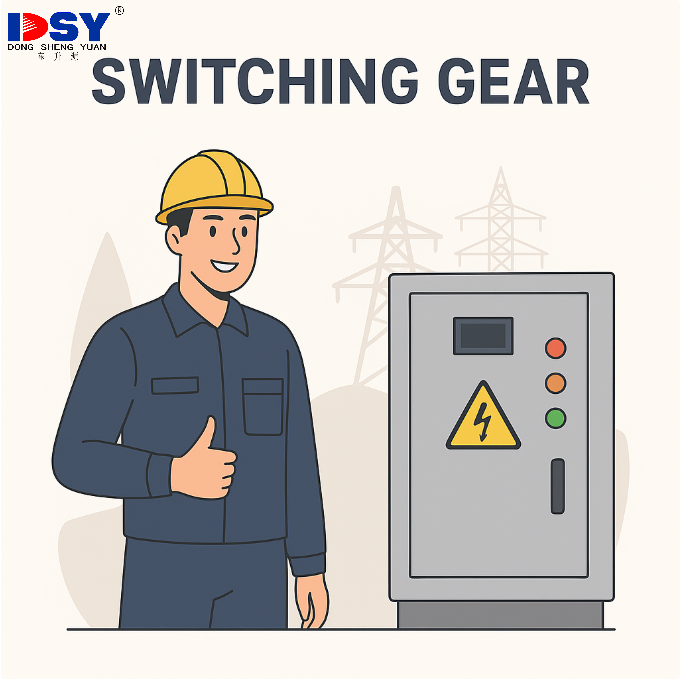Switchgear vs Switchboard: Key Differences Buyers Must Know
Introduction
For industrial procurement managers, choosing between switchgear and switchboards is not a minor technical choice—it is a procurement risk decision. The wrong selection can result in compliance failures, project delays, safety incidents, or higher long-term costs.
TL;DR Decision Snapshot
| Criteria | Switchgear (UL 1558 / IEC 62271) | Switchboard (UL 891 / IEC 61439) | Buyer’s Note |
|---|---|---|---|
| Voltage Range | Medium/High Voltage (3.3kV–36kV+) | Low Voltage (<600V) | Choosing wrong voltage = safety & compliance risk |
| Protection | Advanced relays, arc-flash containment | Basic overload/short-circuit | Impacts project safety & insurance approvals |
| Standards | UL 1558, IEC 62271, IEEE C37 | UL 891, IEC 61439 | Must align with project specs & FAT/SAT |
| Maintenance | Withdrawable, easier isolation | Fixed-type, higher downtime risk | Affects lifecycle cost & uptime |
| Footprint | Larger, requires technical room design | Compact, front-access options | Impacts installation & site layout |
| Cost & TCO | Higher CAPEX, but longer lifecycle & safety | Lower CAPEX, but shorter service life | Consider Total Cost of Ownership, not just price |
Definitions That Matter to Procurement
What Is Switchgear?
Switchgear refers to assemblies designed to control, protect, and isolate high-voltage or medium-voltage equipment. Typical features include draw-out circuit breakers, fault containment, arc-resistant design, and compliance with standards such as UL 1558, IEC 62271. Switchgear is widely used in heavy industry, substations, and critical facilities where uptime and safety are non-negotiable.
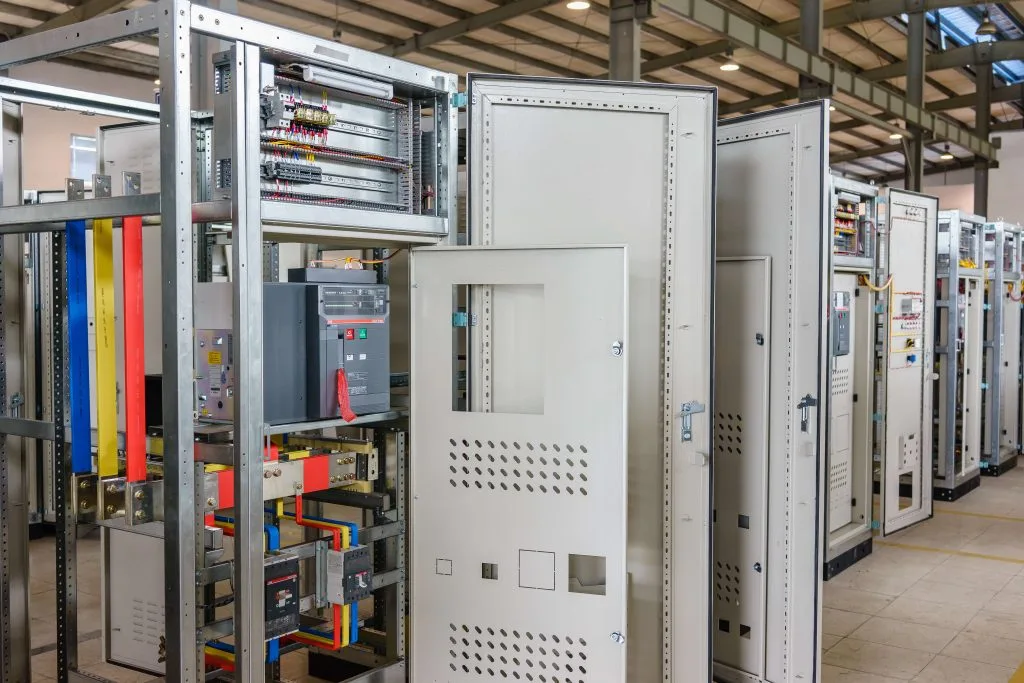
What Is a Switchboard?
Switchboards are low-voltage distribution panels that allocate electricity below 600V. Typically built to UL 891 or IEC 61439, they use molded case circuit breakers (MCCBs) and busbars for power distribution. They are compact, cost-effective, and common in commercial buildings, smaller industrial facilities, and projects where high fault containment is not required.
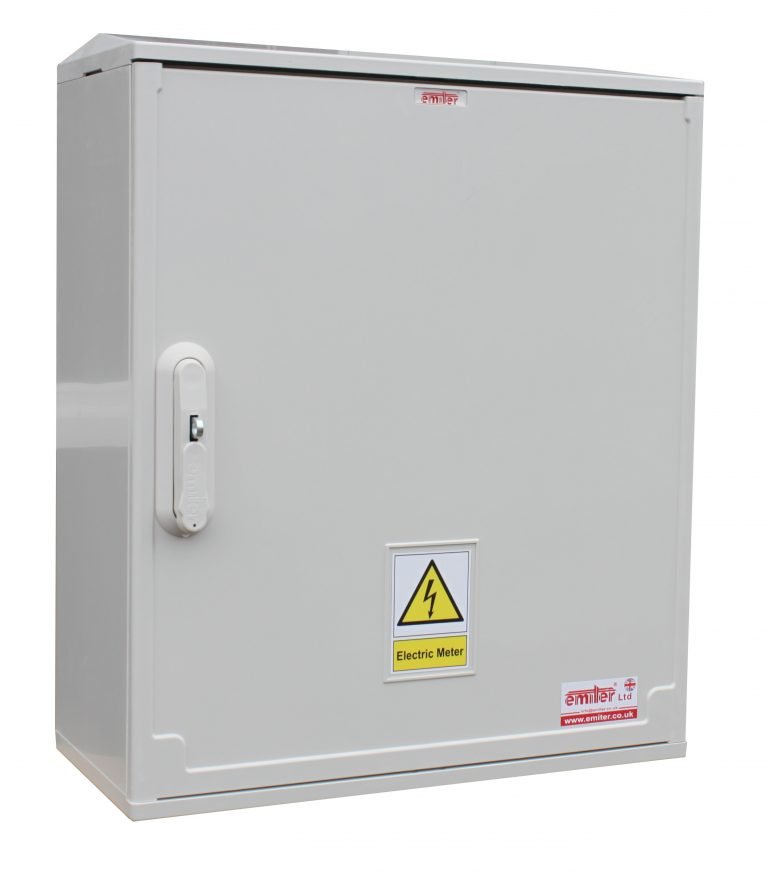
Compliance & Safety Envelope
- UL 891 vs UL 1558 → Defines construction differences, breaker technology, and application limits.
- IEC 61439 Forms of Separation (Form 1 to Form 4b) → Impacts maintenance safety, operator access, and arc-flash risk.
- IEC 62271 / IEEE C37 → Governs type testing and arc containment for MV/HV switchgear.
Procurement managers should always check certificate validity, FAT/SAT reports, and compliance documentation during supplier evaluation.
Reliability, Maintenance & Arc-Flash Considerations
Switchgear typically offers withdrawable breakers, IR windows, and arc-flash protection, making it safer but more expensive. Switchboards are often fixed-type, making maintenance faster but riskier—if a fault occurs, downtime is longer and replacement cycles shorter. Buyers should factor in Total Cost of Ownership (TCO) rather than only upfront CAPEX.
Footprint, Installation & Front-Access Options
Switchgear requires larger rooms, clearances, and specialized staff for installation. Some modern designs allow front-access or wall-mounted configurations, helping save space in constrained environments. Switchboards are naturally more compact and front-accessible, making them suitable for commercial facilities.
Cost & TCO Analysis
Procurement managers often focus on price quotes, but lifecycle economics should be evaluated:
- CAPEX: Switchboards are cheaper upfront.
- OPEX: Switchgear reduces risk of costly outages and extends replacement cycles.
- Risk Cost: Insurance, compliance failure penalties, or downtime from arc-flash events can outweigh savings from lower upfront cost.
Lead Time, Logistics & Documentation
Global procurement managers must confirm:
- Expected lead time and shipping conditions.
- Complete documentation pack (GA drawings, single-line diagrams, BOM, test certificates, warranty terms).
- Spare parts availability and after-sales service commitments.
Vendor Qualification & Risk Controls
Beyond technical specs, the choice of vendor determines project success. Look for:
- Global certifications (IEC, UL, ISO, ANSI).
- Proven case studies in similar industries.
- Third-party audits & FAT/SAT compliance.
- Sustainability & transparency in supply chain.
FAQ
Is UL 1558 safer than UL 891?
Yes—UL 1558 switchgear provides draw-out protection, arc-flash resistance, and higher short-circuit ratings. UL 891 switchboards are safer only in lower-voltage, less demanding applications.
Which IEC Form of Separation should I specify?
For critical facilities, specify Form 4b under IEC 61439 to ensure each functional unit is isolated, reducing downtime and risk during maintenance.
Can switchgear be front-access and wall-mounted?
Yes, modern switchgear designs allow front-access configurations for space-constrained rooms, but installation should always comply with clearance and safety regulations.
Conclusion
Switchgear is the right choice for high-voltage, safety-critical, and high-uptime applications, despite higher CAPEX. Switchboards are ideal for low-voltage, budget-sensitive projects where space is limited. Ultimately, procurement managers must weigh compliance, lifecycle cost, installation constraints, and vendor reliability—not just price.
Call to Action
Looking for a certified global supplier of HV/LV switchgear solutions? Contact us today .
